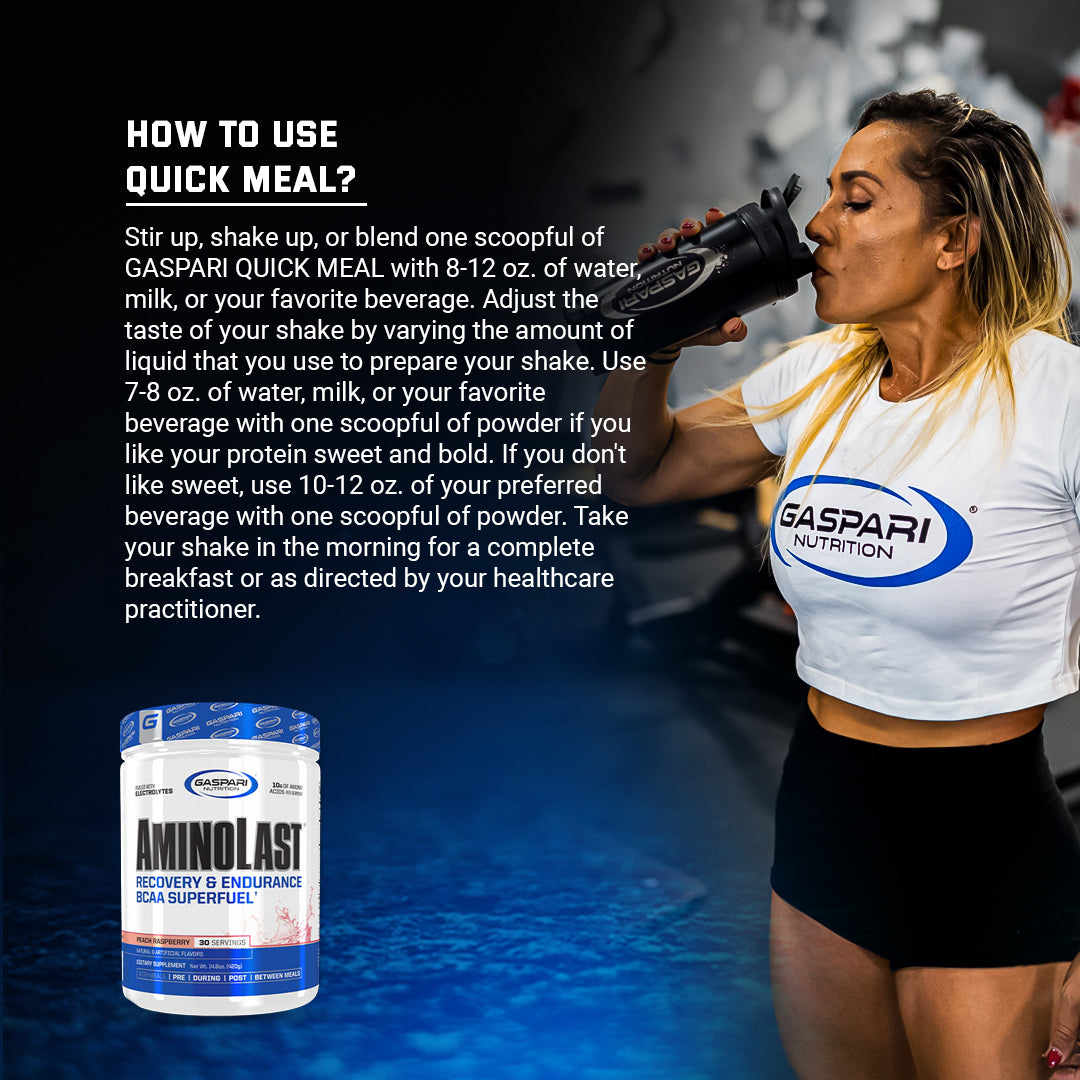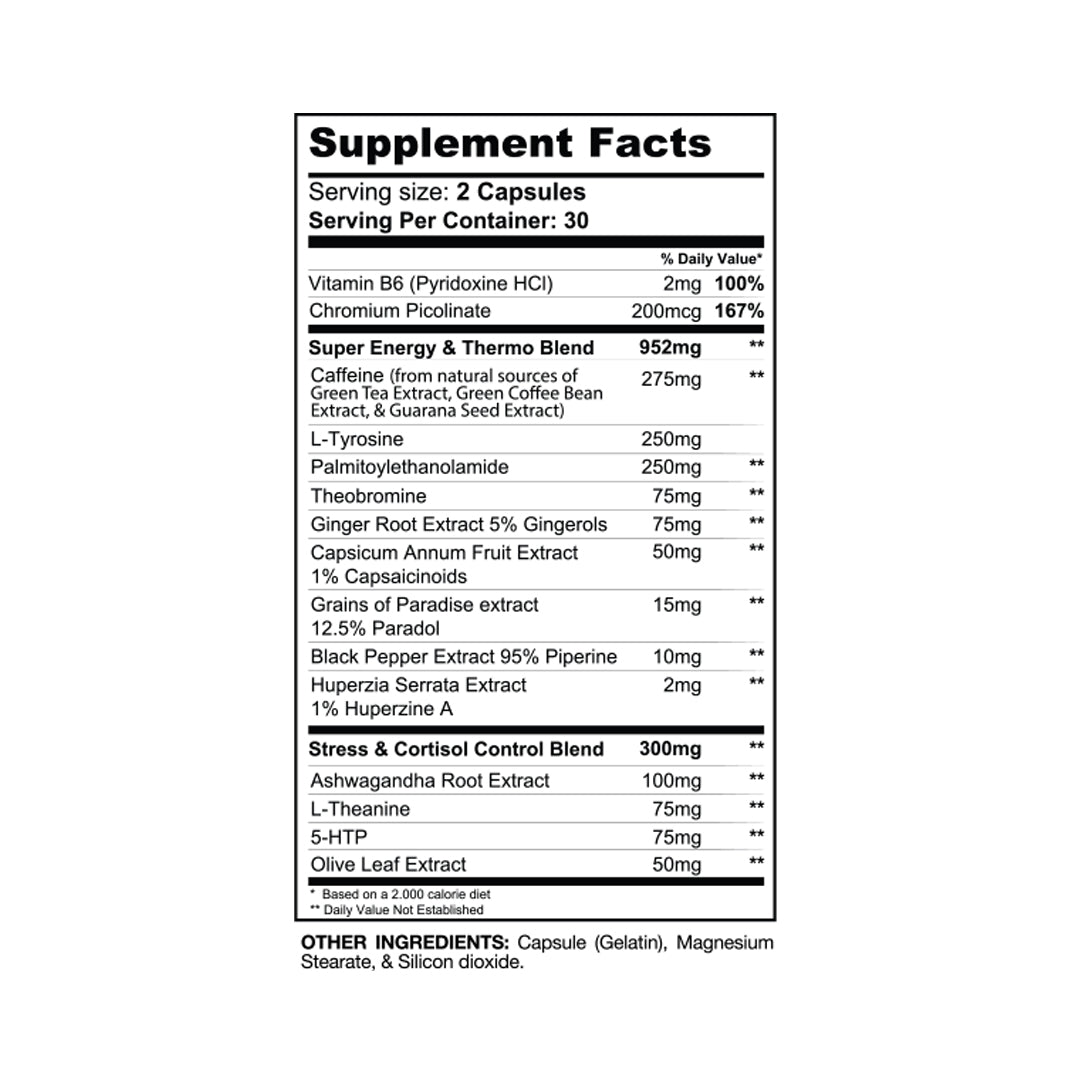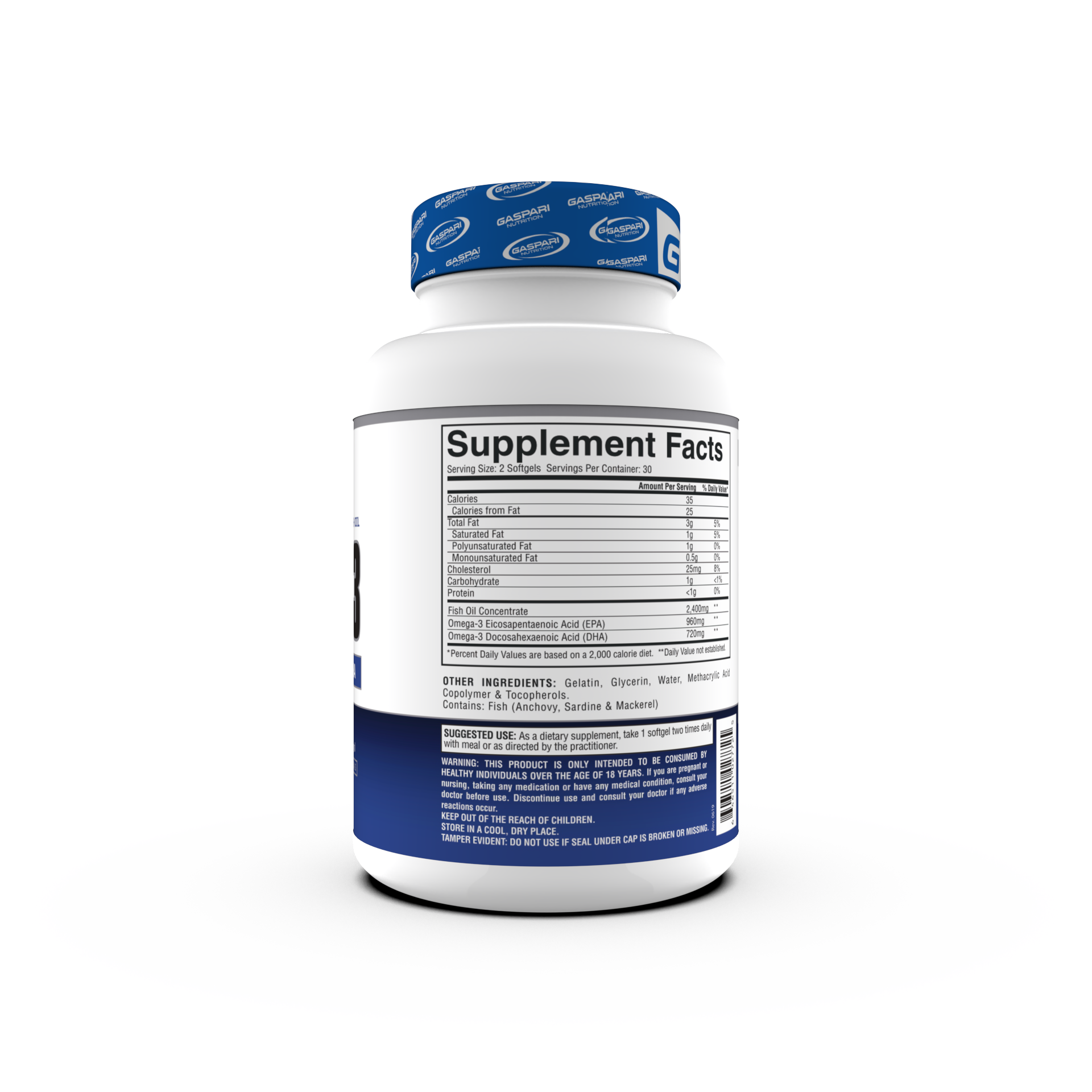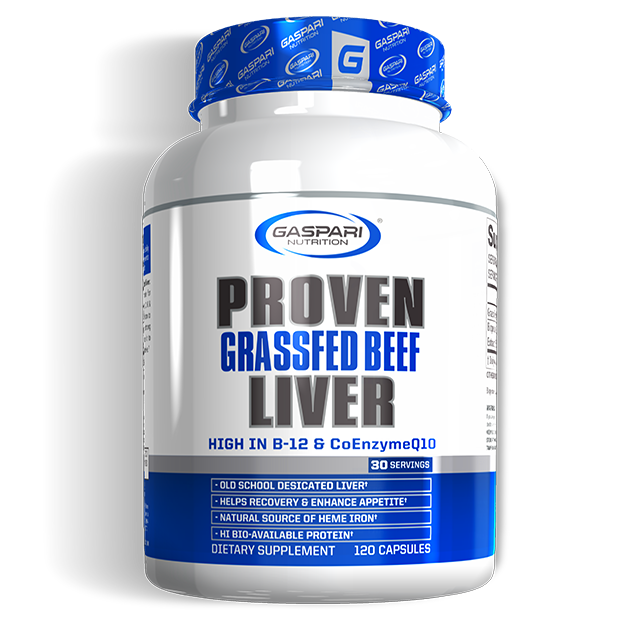We’re all familiar with the wide array of diets that are either overly-simpl, or overly-complicated. Some track calories almost like an accountant tallying overhead and expenses, while others are predicated on eliminating some scapegoat (such as gluten, carbohydrates, or animal products). Of course, the most traditional of these misguided diets is the fixation with eliminating “fat” and anything associated with it such as sugar, some meats, oils, and so forth.
Most of these diets don’t work, and are entirely unpleasant in the long run. Eliminating carbohydrates, for example, is hazardous because our bodies use these for fuel, while proteins are building blocks to maintain our body’s structures. It also means that fruits are ruled out mostly or entirely, and it’s obvious why that’s no good.
Calorie counting is limited in its effectiveness as well, though it’s a bit more constructive, considering you’re weighing energy taken in, versus energy expended. That’s a good set of metrics and analytics for planning effective exercises alongside diet. However, as “dieting” goes, a potentially interesting nee concept is the IIFYM diet.
What Is the IIFYM Diet?
IIFYM, or “If It Fits Your Macros” is a dieting plan based around a much more simplified, yet refined take on food groups and nutrients – the macronutrient or “macro”. Macronutrients include protein, fat, carbohydrates and alcohol, though alcohol is not factored in the typical IIFYM diet for obvious reasons.
This diet is where calorie counting becomes more constructive, because you’re assigning calories per gram of a given macronutrient. You can then leverage calories per element, with nutrient balancing in a relatively-intuitive way. It’s flexible enough that you can adjust these checks and balances in order to fit your own metabolism, body type, and body chemistry. Not many diets are this flexible, while actually having some scientific basis behind them.
Before we look at how to calculate your macros, let’s look at calories per gram of the three important macros themselves:
- Fat – 9 calories per gram.
- Carbohydrates – 4 calories per gram.
- Protein – 4 calories per gram.
It’s worth noting that various complex, processed foods tend to get a lot more calories for their volume, than these macronutrients can account for. This is why overly-processed foods are bad for dieting – the chemicals and processes these foods are put through do some weird things to them. They’re not hazardous, they’re just hard to plan nutrition around!

How to Calculate Your Macros
You’d expect calculating your macros to be a really involved process, but it’s actually fairly simple, especially if you have a bit of input from your doctor and/or dietician whom can give you some information that’s hard to determine on your own.
Just bear in mind that medical professionals can help you with that information, in case any of the data used in the calculations below, are things you’re unsure of, and unsure how to obtain.
- Basal Metabolic Rate – First, you need to determine your body’s energy use when it’s at a state of rest, basing it on height, weight, sex and age. This basal metabolic rate (BMR) is something your doctor, dietician, or personal trainer can walk you through calculating.
- Activity Level Adjustment – Multiply your previously-determined BMR by your activity factor, which determines your total caloric use both at rest and when active. This is your total daily energy expenditure (TDEE).
- Weight Goals – Most people whom specifically seek out a diet, rather than just trying to maintain a balance of nutrition and intake, are looking to lose weight. This means that you need to reduce your overall caloric intake by 15-25%. If you’re trying to gain weight (being underweight is a problem some people do have), then you want to increase it by 5-15% give or take.
- Macros – Now that you’ve determined your TDEE, BMR, and you know the calorie reduction/addition you need to lose or gain weight, you need to figure our macros out. You need 0.7-1.0 grams of protein per body eight, 0.25-0.4 grams of fat per body weight, and divvy the remainder up amongst various carbohydrates.
As you may have noticed from our look at the various macros and their calorie counts, some have more calories than others. If you’re trying to lose weight, obviously you want to increase your protein, which helps build muscle mass while burning fat.
If you’ve done your calculations right, you’ll have a guideline for IIFYM for your specific calorie count for protein, fat and carbohydrates for daily intake. If you’re thinking “wow, I can’t figure this stuff out on my own, I use a calculator to figure out tips at restaurants”, this is where your physician or dietician comes in. They will guide you through this comprehensively.
How to Meet Your Macros
There are a host of apps such as My Macros+, Cronometer, Lose It! and so on that can help you figure out the best sources for your macros once you’ve done the calculation we discussed earlier. However, let’s take a look at some well-known good sources of the three primary macros.
Protein:
- Meats (beef/pork/lamb/turkey/chicken).
- Dairy (not including butter).
- Eggs.
- Nuts.
- Quinoa.
- Seafood (fish/shellfish/crustaceans).
- Legumes (beans/lentils/peanuts/peas/soy).
Fats:
- Seeds.
- Mayonnaise.
- Full-fat dairy.
- Egg yolks.
- Fatty fish.
- Olives.
- Nuts/Nut Butters.
- Avocado.
- Oils.
Carbs:
- Grain products (breads/cereals/pastas).
- Legumes.
- Fruits.
- Starch-rich vegetables (squash/corn/potatoes/sweet potatoes).
Remember, with dieting, numerical precision isn’t everything. You may have a little more than intended of some groups, and a little less of others from day to day. This is alright, no need to stress over things, or force yourself, as long as the undercutting or excess aren’t extremes.
Benefits of IIFYM
IIFYM has a lot of benefits, but that doesn’t make it perfect. For full transparency, we’re going to look at the pros and cons of this diet in full.
- Education – You learn quite a bit more about your food than you otherwise would. Just counting calories, in and of itself, results in junk food and healthy food being equally compared by blanket numbers. When you understand macronutrients, you understand that the calories come from different places, and other properties of the food are equally important.• Weight Goals – You have a lot more grasp of what you’re doing with balancing nutrition, since you have better metrics than simply calories or “fat content”. This, coupled with proper exercise, can be very effective in reaching your weight goals.
- Eat Anything – There’s no such thing as a food you can’t have, with IIFYM. All foods have their values, it’s all about balance.
- Easy to Keep Up – This isn’t a strict diet, it’s flexible, and you can have any food. It’s all about moderation, which is a lot easier than strict abstinence.
Downsides of IIFYM
- You’re Still on a Diet – You can eat anything you want, but you’re still on a diet. This means you have to be mindful of your nutrients, calories, and focus on moderation. This is easier than most diets, but it’s still human nature to just do whatever appeals at the time.
- Micronutrients – It’s easy to overlook micronutrients with a diet like this, such as vitamins and other important components. This is, along with the complexity of the calculation, are why you should talk to your doctor.
- Health Conditions – This diet doesn’t factor in health conditions.
- Eating Disorders – This kind of tallying can result in eating disorders depending on psychological profile.
Conclusion
This is really a diet for general people looking to balance themselves, or get into shape. For that, it’s pretty ideal. However, due to its simplicity in some respects, the complexity of calculations in others, as well as its lack of accounting for micronutrition and physical/mental health, you should absolutely talk to your doctor before adopting this, or really any diet.
To learn more about IIFYM and for other nutrition tips, follow us on Facebook today!
The post What is IIFYM? – The secret to a 100% built for your body diet plan appeared first on Gaspari Nutrition.













































































Share:
Build Mass Fast and Make it Last
How to Build A Better Butt – Best Glute Exercises for 2019